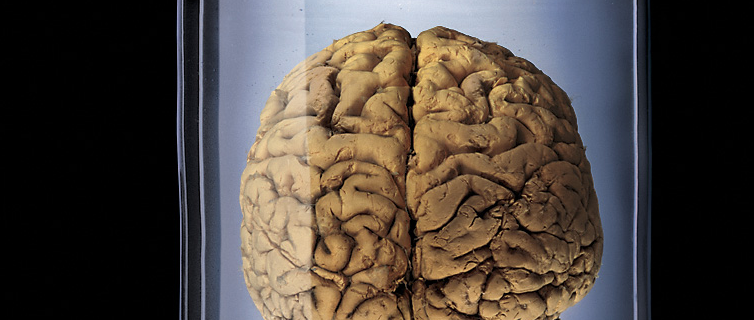


Procedure for the automatic translation of texts from natural language into a meta-language and the associated automatic creation of 'Knowledge'.
What is the BRAIN code?
The BRAIN code automatically produces knowledge from normal, natural language. The BRAIN code is able to create knowledge in the sense that it automatically combines sentences from a huge amount of information into a logical chain of information that builds on itself which, in the end, represents intelligent conclusions and inferences. In this sense the BRAIN code copies the human thinking process, but with other means
.
How does the BRAIN-code work?
The BRAIN-code tries, in a pragmatic way, to imitate the function of the human brain. The BRAIN technology consists, above all, of two important components
:
1. a new meta-language
2. a kernel that's capable of automatically combining sentences in the meta-language to knowledge.
The two characteristics are closely linked to each other: the meta-language was developed expressly for this purpose and designed so that its linguistic content can be optimally combined and automatically linked to intelligent connections
.
Meta-language
The meta-language doesn't have a limited vocabulary like other programming languages but is rather a combination of:
- natural language
- logical language
- reserved words for special expressions
- symbolic language
In this meta-language, "actions” and “events” are represented by pre-defined patterns or examples (symbolic language) whenever possible. Main words (nouns) are generally left as they are. They are, however, simplified to root words of synonym groups if possible.
An attempt is made to simplify natural language and to translate it into a new language but not to the extent that the sense of the statement gets lost. It is just simplified enough so that a computer program can carry out combination theory n.
BRAIN kernel
The reflection, or dreaming process of the kernel works similarly to a chess program. The program looks for promising combinations of sentences that represent intelligent conclusions. The following illustration shows combination processes in the BRAIN “brain” :


The system continually makes a note of the good combinations. The best combinations (so-called “knowledge lines”) are saved in the short-term memory and then, in a similar fashion, combined with the knowledge of the long-term memory.
A system of this type is very well suited for a parallel, divided processing in a computer cluster, Intranet or the Internet (similar to the SETI program) ).
Development Stages
2000-2001: Feasibility studies
2001-2003: the manual translation of example texts into the meta-language. Development of a simplified kernel for the reflection process (combination theory).
2003: Successful tests with the BRAIN kernel.
2004-2005: Development of a compiler for the automatic translation of natural language into the meta-language
.